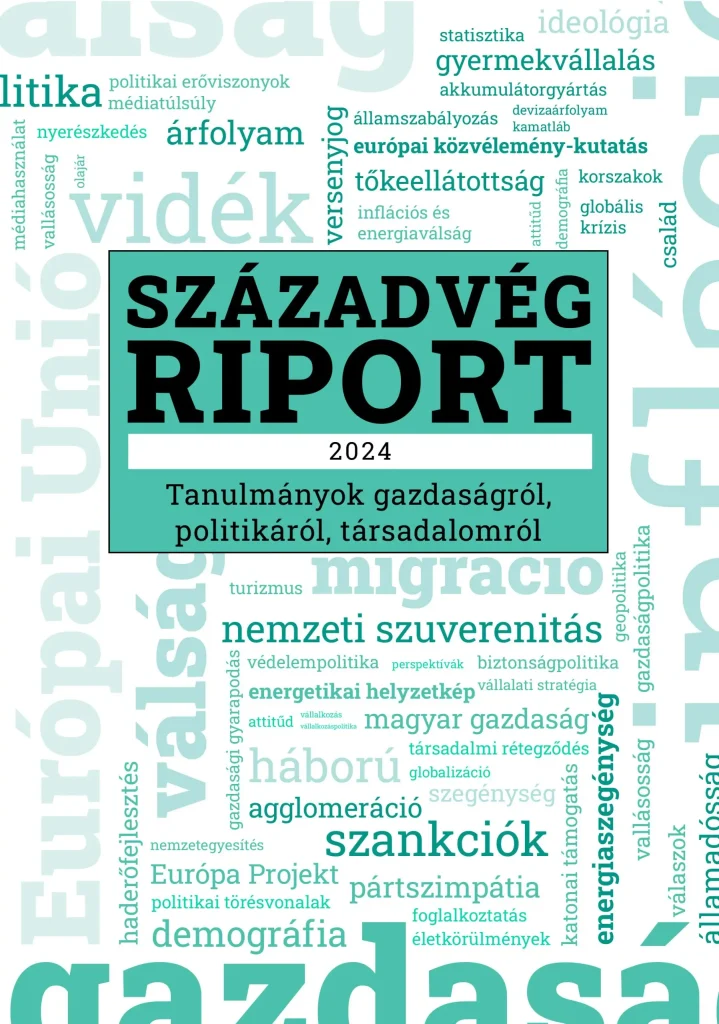At its July meeting, the central bank’s Monetary Council did not change the base rate, which has been in place since September. The base rate in Hungary therefore remains at 6.5%.
In May, retail sales increased by 2.1% year on year on both a raw and calendar-adjusted basis.
In May 2025, turnover in specialised and non-specialised food shops increased by 0.5%, and the turnover in non-food shops increased by 4.0%. In fuel retailing, sales fell by 1.1% year on year in May.
The monthly value of the SZIGMA CI indicator, which provides feedback on the current state of the Hungarian economy, was -0.1919 for June 2025. This means that the Hungarian economy’s growth rate continued to remain below its historical trend. The indicator showed a weaker economic performance compared to the previous month.
The latest forecast of another indicator, SZIGMA LEAD, a short-term indicator of the future of the Hungarian economy, suggests that Hungarian economic growth should pick up from autumn 2025. In addition, our short-term forecast continued to indicate economic growth above the historical trend in early 2026.
In June 2025, consumer prices increased by 4.6% on average, compared to the same period of the previous year. Consumer prices rose by 0.1% month on month. The seasonally adjusted core inflation rate was 0.1% higher than in the same period of the previous year.
Retail sales volume increased by 2.1% in May
In May, retail sales increased by 2.1% year on year on both a raw and calendar-adjusted basis. In May 2025, turnover in specialised and non-specialised food shops increased by 0.5%, and the turnover in non-food shops increased by 4.0%. In fuel retailing, sales fell by 1.1% year on year in May.
In food retailing, sales volumes increased by 2.1% in non-specialised food and beverages shops, while the volume in specialised food, beverage and tobacco stores decreased by 4.0%.
In non-food retailing, the volume of mixed range of manufactured goods increased by 9.1%, while the turnover of books, newspapers and stationery decreased by 3.7% compared to the same period last year. Turnover in pharmaceutical and medical goods shops decreased by 0.2%. In addition, sales of second-hand goods fell by 2.5%. The sales volume of computers and other specialised goods increased by 0.6%. Among the other categories, the 7.2% increase in furniture and electrical goods stores, the 4.8% increase in the volume index of mail order and internet retailing, and the 9.0% increase in the turnover volume of cosmetics shops stand out. Overall, the largest growth was observed in non-food retail trade, particularly in non-specialised shops dealing in manufactured goods, where volume increased by 9.1%. Other categories showed a more moderate increase.
The SZIGMA (abbreviation of the Hungarian name “Századvég Index a Gazdasági Momentum Alakulásáról”, in English: Századvég Index of the Development of Economic Momentum) is a simultaneous and preliminary indicator system developed by Századvég for the Hungarian economy.
It is crucial for economic policymakers and analysts to have an accurate picture of the state of the economy, but statistical data are often available with considerable delays. In contrast, the SZIGMA indicators provide information on the economic cycle and the business cycle within 30 days of the reference month, on a monthly basis.
The indicator system consists of two indicators, the SIGMA CI, which summarises the current state of the economy, i.e. information extracted from simultaneous variables, and the SIGMA LEAD, which provides preliminary information on the expected economic trajectory. A positive CI index means that economic growth is above the historical trend, and a negative CI index means that growth is below the historical trend. The SIGMA LEAD indicator provides a short-term forecast for a 9-month period. If the SIGMA LEAD indicator is positive, growth is expected to be above trend in 9 months’ time (i.e. three quarters of a year later), while if it is negative, growth is expected to be below trend in the near future.
